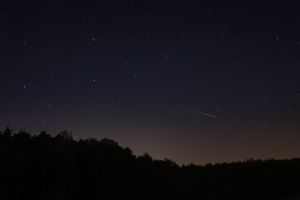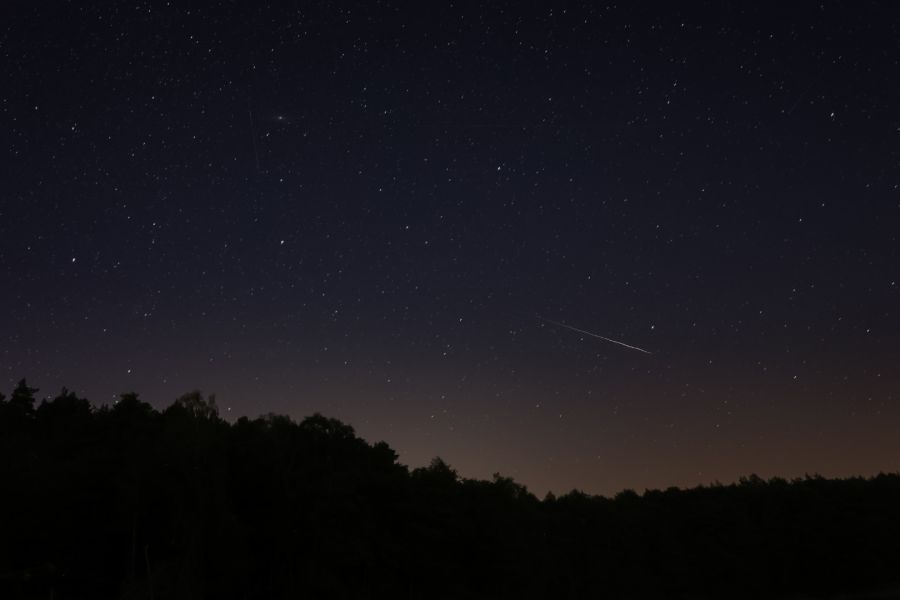With great strides, we are getting closer to the peak of the most significant astronomical phenomenon of this summer - the Perseids maximum, which will take place on the night of 12-13 August.
"The Perseids are the world's best-known meteor swarm, despite not being the most abundant - that title is held by December's Geminids. The Perseids phenomenon is responsible for the material left behind by comet 109P/Swift-Tuttle. Every year at the beginning of August, the Earth passes through a particle cloud ejected from a comet. As these particles enter the Earth's atmosphere, they heat up and glow, creating a meteor effect. We colloquially call this phenomenon a “shooting star”, says Jakub Tokarek of the AMU Astronomical Observatory Institute.
And he adds:
"During the peak of meteor showers, it is possible to observe up to 100 meteors per hour, although this number depends on the observational conditions. We recommend watching from locations away from city lights; the darker the sky, the better the viewing experience. However, keep in mind that the full Moon can brighten the night sky and interfere with observations.
The Perseids meteor shower derives its name from its radiant point, situated in the constellation Perseus. This radiant is the spot from which the meteors appear to originate. For the best viewing experience, it is recommended to position yourself with the radiant behind you, as it is found in the northwestern part of the sky. We also suggest using a deck chair so you can lie back comfortably and enjoy the show without constantly straining your neck to look up"
"The highlight of this year's event will be the Venus-Jupiter conjunction, marking the closest approach of these planets in the sky. On the morning of 12 August, between 2:00 and 4:00, they will be within half a degree of each other, which is about the size of the full Moon. We can already observe the slow drawing of these planets closer together from night to night," concludes the researcher.
Photo by Martyna Płaczek


